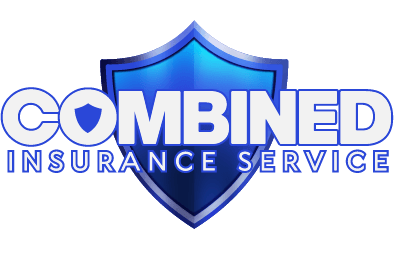Understanding the Impact of Extreme Heat on Workplace Safety
With temperatures soaring above 90 degrees in parts of the Midwest and Northeast this week, many American workers are facing what AccuWeather described as an “intense heat wave” affecting over 135 million people. As the mercury rises, so do the risks, making it crucial for employers to implement effective safety measures. Understanding the impact of extreme heat on workplace safety is very important.
How Heat Affects Workers
When temperatures climb, workers must adapt. Employers need to adopt safety measures to mitigate the direct and indirect effects of extreme heat. Both state and federal governments provide guidelines, but concerns remain that these adaptations may not fully address the risks. Sebastian Negrusa, chief research scientist at the Workers Compensation Research Institute (WCRI), emphasized this issue during a recent webinar.
Increased Risk of Work-Related Injuries
A new WCRI study shows that work-related injuries increase by 5% to 6% when temperatures exceed 90 degrees, compared to temperatures between 65 and 70 degrees. This study used National Oceanic and Atmospheric Administration data from 24 states between May and October from 2016 to 2021, correlating it with workers’ compensation claims.
The physiological effects of heat include heatstroke, fainting, cramps, and fatigue. Additionally, extreme heat can impair tasks, increasing the risk of accidents like falls from ladders.

The Growing Prevalence of Excessive Heat
The CDC reports that the frequency of excessive heat days from May through September has risen in the South, Midwest, and Northeast over the past four decades. The WCRI study found that the South sees a 9% to 11% increase in work-related injuries when temperatures exceed 90 degrees. The Northeast experienced an 8% increase.
Traumatic injuries, such as fractures, contusions, and lacerations, are more common during excessive heat compared to sprains and strains. These injuries are often linked to accidents like falls, which become more likely as heat affects workers’ performance.
Preparing for Relief from the Heat
While the current heat wave is intense, relief is on the way. AccuWeather forecasts that the Midwest and Northeast will see cooler conditions and lower humidity by early next week as a cold front moves in. However, more 90-plus-degree days are expected from Illinois to Maine, with Washington, D.C., potentially hitting triple digits on Sunday, setting a record.
Taking Action to Protect Workers
Given the link between extreme heat and increased workplace injuries, employers must take proactive steps to safeguard employees. Implementing heat safety protocols, providing adequate hydration, allowing frequent breaks, and ensuring proper training on heat-related risks can significantly reduce the likelihood of heat-induced accidents and injuries.
For more detailed information and practical recommendations, access the full WCRI study on their website. By staying informed and prepared, employers can help their workforce navigate the challenges posed by extreme heat and maintain a safe working environment.

